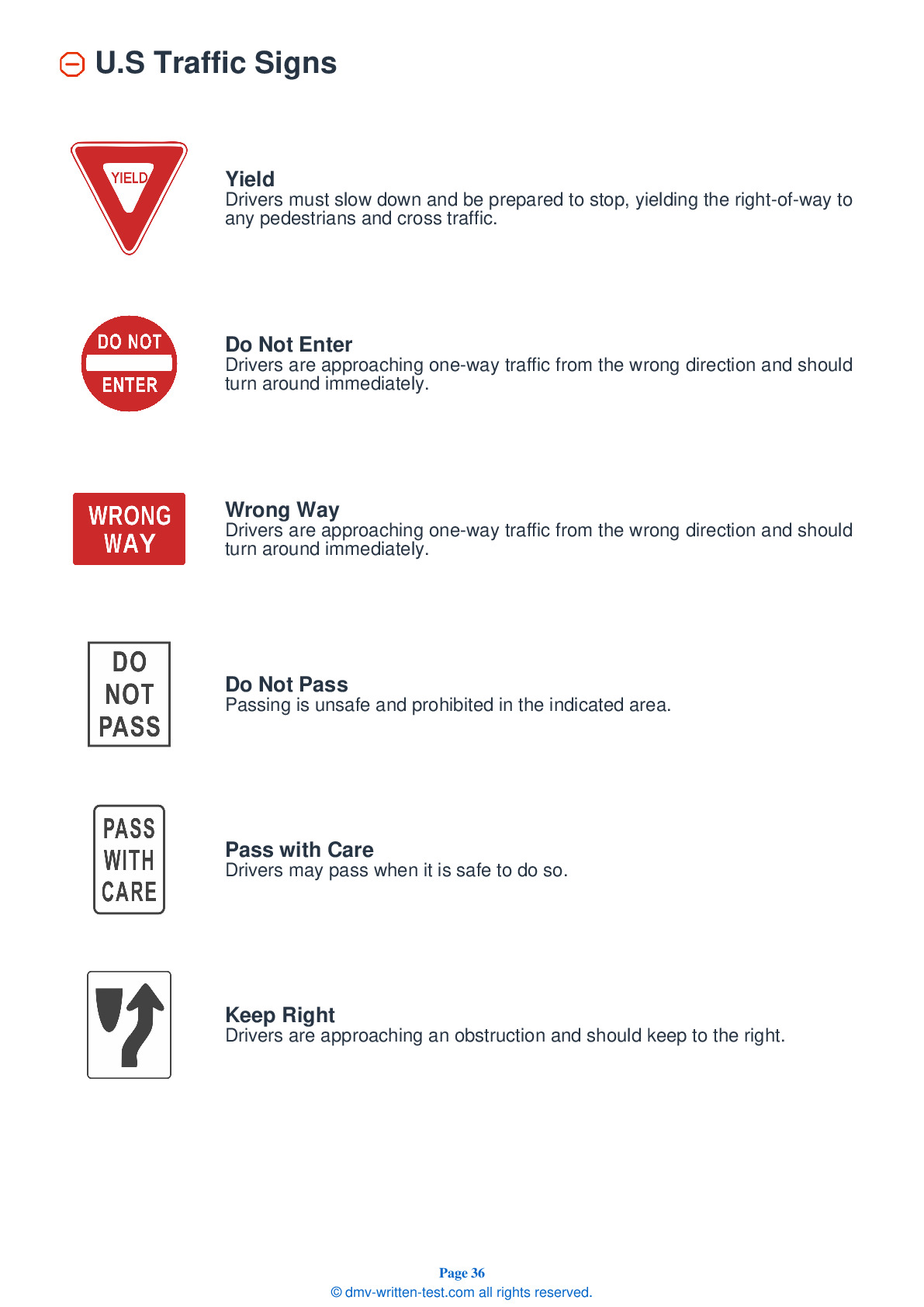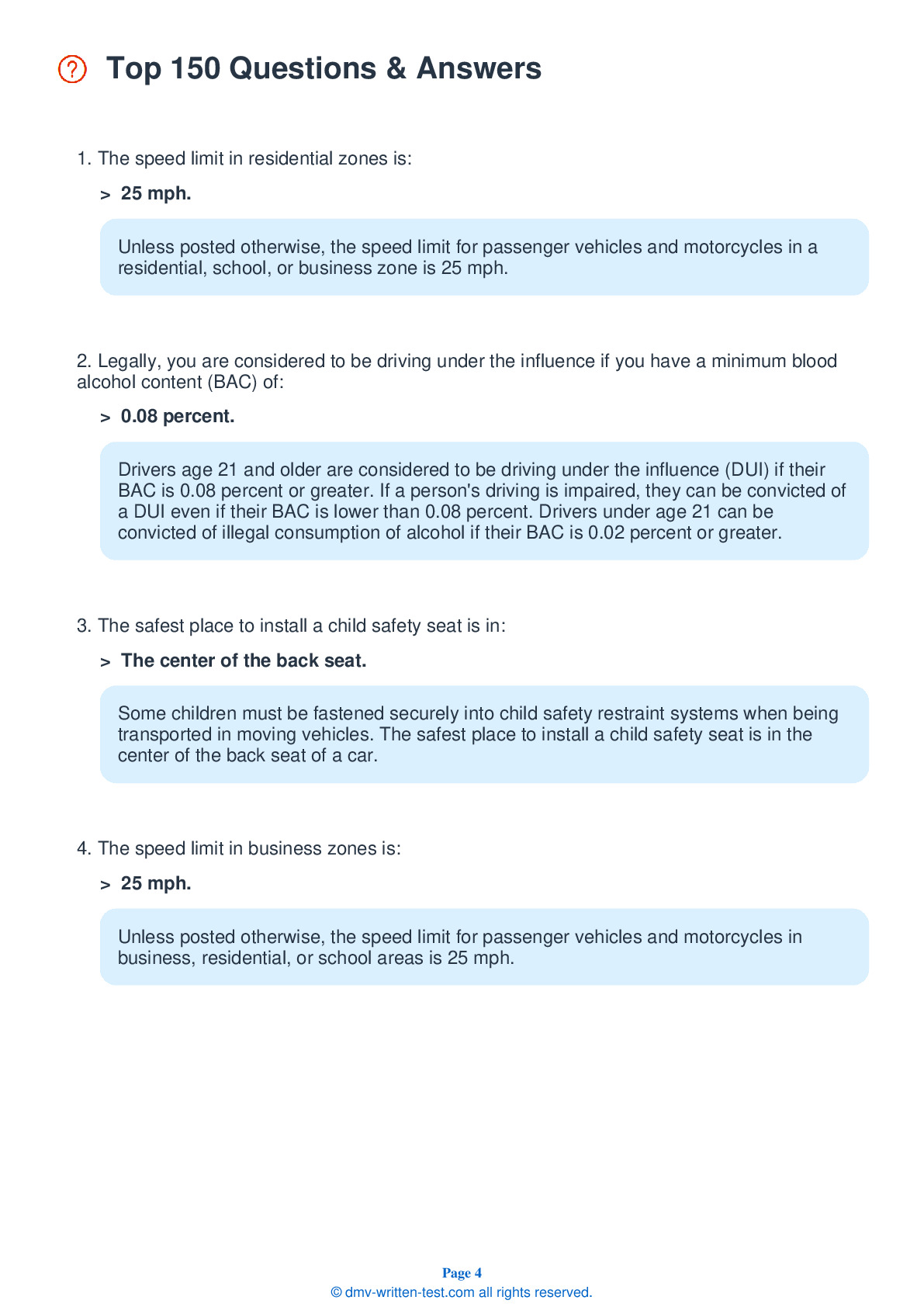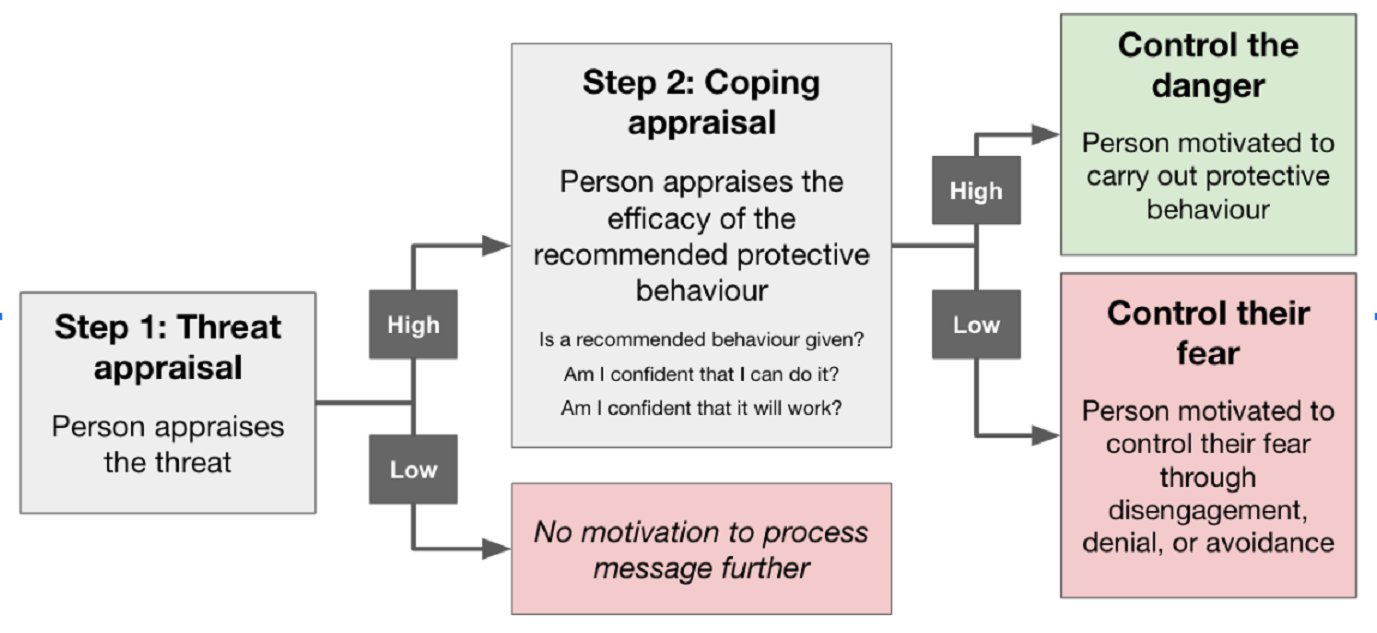What Is The Appropriate Action To Take When Approaching

The question of how to approach a person, whether in a professional or personal context, is a complex one with varying answers depending on the situation and individuals involved. Nuances of non-verbal communication, societal norms, and individual preferences all play a significant role. Understanding the appropriate action to take is crucial for fostering positive interactions and avoiding misunderstandings or discomfort.
Navigating the complexities of initiating contact requires careful consideration of context, personal boundaries, and respectful communication techniques. Determining the correct approach is paramount, impacting everything from professional networking to forming interpersonal relationships.
The core issue revolves around respecting individual autonomy and creating a safe and comfortable environment for interaction. This includes being mindful of non-verbal cues, understanding cultural differences, and being prepared to adjust your approach based on the other person's reaction.
Understanding Context and Consent
The first step in approaching someone is to assess the context. Is it a professional setting, a social gathering, or a public space? Each environment has its own set of unspoken rules and expectations.
In professional environments, maintaining a formal and respectful demeanor is generally advised. Address individuals by their formal title (e.g., Dr., Professor, Mr., Ms.) unless explicitly invited to use their first name.
In social settings, the approach can be more relaxed, but still mindful of personal space and social cues. Consent is crucial, and it’s not just about physical touch. It also encompasses verbal and non-verbal cues indicating willingness to engage in conversation.
According to a study by the Pew Research Center, a significant percentage of adults feel that public interactions have become less civil, highlighting the importance of mindful communication. This emphasizes the need for a conscious effort to be respectful and considerate in all interactions.
Non-Verbal Communication and Body Language
Body language plays a vital role in signaling your intentions and gauging the other person's receptiveness. Maintain eye contact, but avoid staring, which can be perceived as aggressive or intrusive.
A relaxed posture and open body language (e.g., uncrossed arms) indicate approachability and sincerity. Be mindful of your proximity to the other person, respecting their personal space.
If the person appears closed off (e.g., arms crossed, avoiding eye contact), it might be best to reconsider your approach or at least proceed with caution. Interpreting these non-verbal cues is essential for a successful interaction.
Verbal Communication and Initiating Conversation
When initiating a conversation, a simple and polite greeting is usually the best starting point. Avoid overly familiar or intrusive remarks.
An appropriate introduction, including your name and, if relevant, your affiliation, can help to establish credibility and put the other person at ease. A simple, "Hello, my name is [Your Name], I'm [Your Role/Affiliation]" can be effective.
The opening line should be tailored to the situation. In a professional setting, a question related to the work or the event can be a good icebreaker. In a social setting, a general observation or a shared interest might be more appropriate.
Avoid making assumptions about the other person's background, beliefs, or experiences. Instead, focus on asking open-ended questions that encourage them to share information about themselves.
Cultural Sensitivity
Cultural norms regarding personal space, eye contact, and communication styles can vary significantly. Be aware of these differences and adjust your approach accordingly.
Researching cultural etiquette before engaging with someone from a different cultural background can demonstrate respect and help avoid unintentional offense. Organizations like the United Nations offer resources on cultural awareness and communication.
What is considered acceptable in one culture might be offensive in another. For example, direct eye contact is valued in some cultures but considered disrespectful in others. Understanding these nuances is crucial for effective cross-cultural communication.
Handling Rejection and Discomfort
Not every attempt to approach someone will be successful. It’s important to be prepared for rejection and to handle it gracefully.
If the person seems uninterested or uncomfortable, respect their decision and withdraw politely. Avoid pressing the issue or becoming argumentative.
A simple, "I understand. Thank you for your time," is sufficient. Remember that everyone has the right to decline interaction.
The Impact of Technology
In the digital age, approaches often begin online. The same principles of respect and consent apply in online interactions.
Avoid sending unsolicited messages or engaging in harassing behavior. Be mindful of privacy settings and respect the other person's online boundaries.
Online communication should be clear, concise, and respectful. Avoid using overly familiar language or making assumptions about the other person's intentions. According to data from Statista, online harassment remains a significant concern, highlighting the need for responsible online behavior.
Conclusion
Approaching someone appropriately requires a combination of awareness, respect, and adaptability. By considering the context, paying attention to non-verbal cues, and communicating respectfully, you can increase the likelihood of a positive and productive interaction. Remember, the goal is to foster connection and understanding, not to impose your presence on someone who is unwilling to engage.
Ultimately, the appropriate action to take when approaching someone is to prioritize their comfort and autonomy. Respectful communication and mindful behavior are key to building positive relationships and fostering a more inclusive society.
















